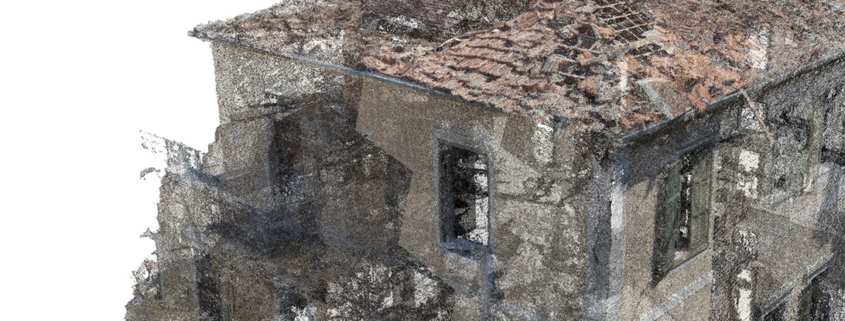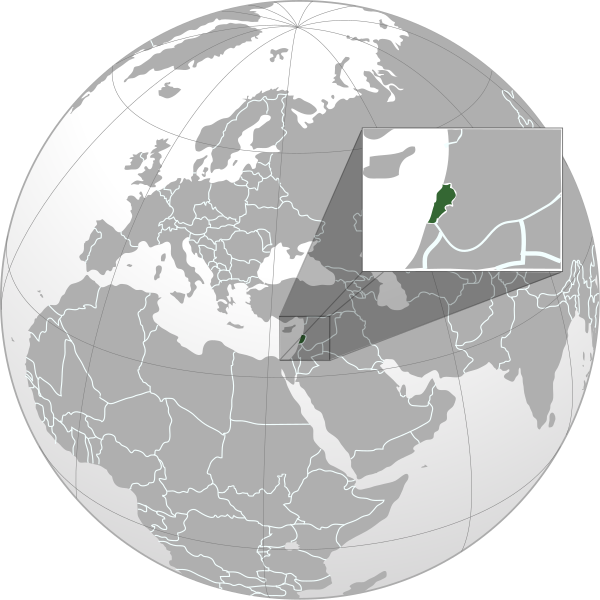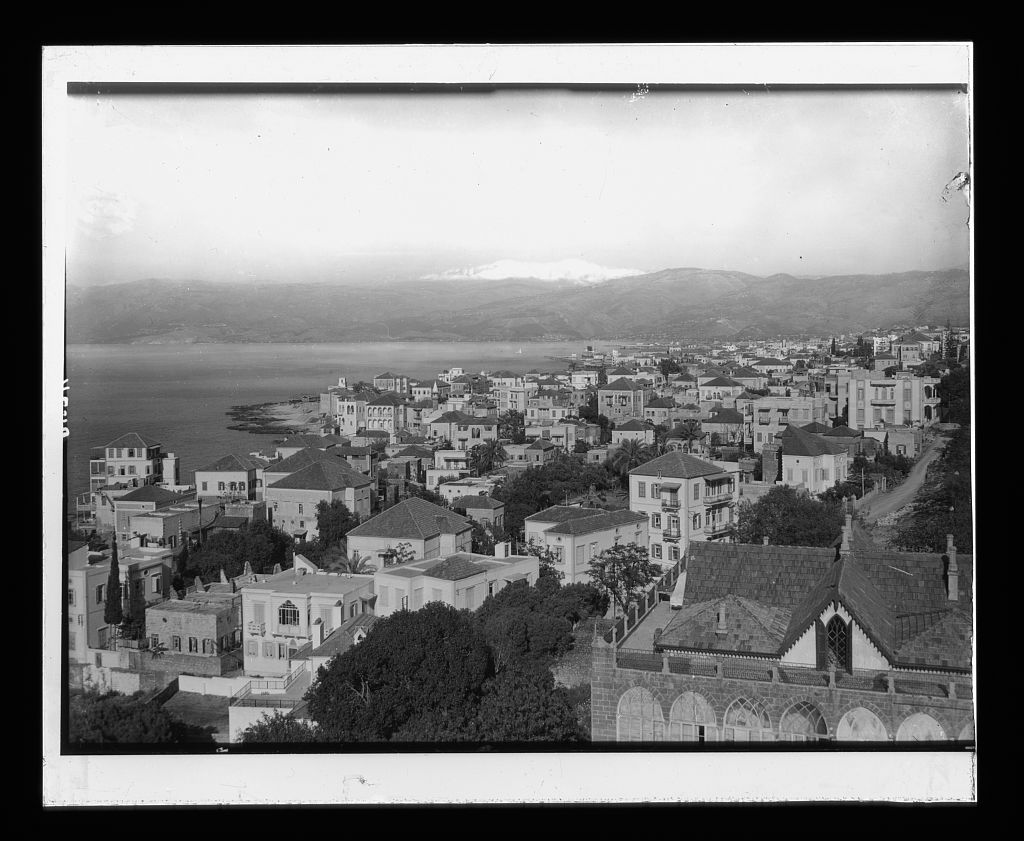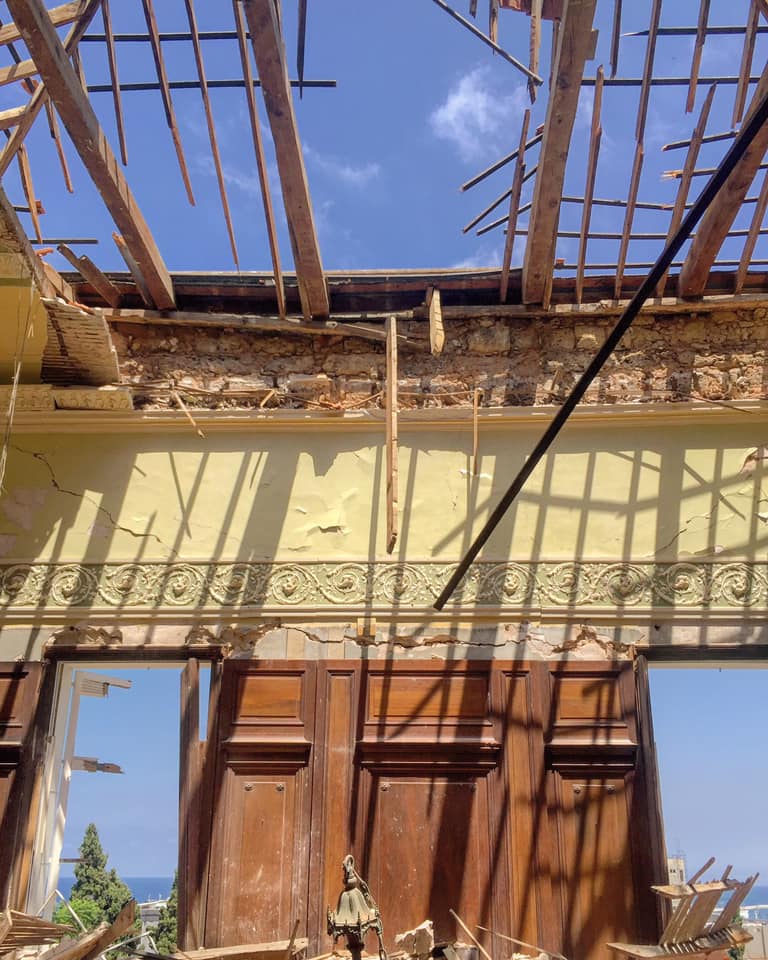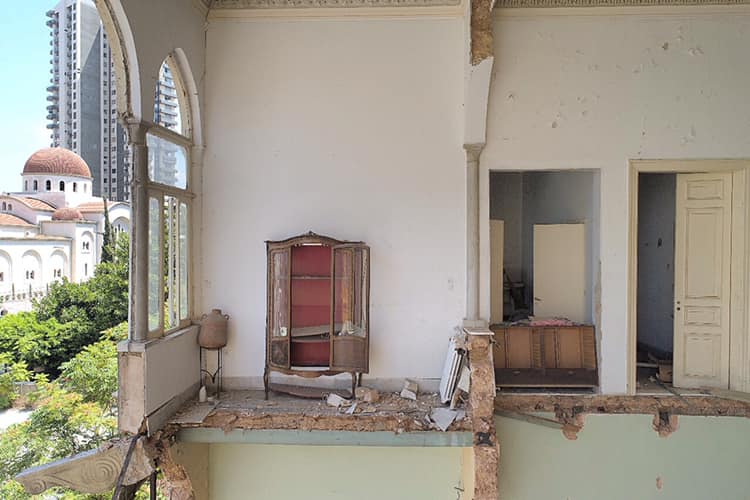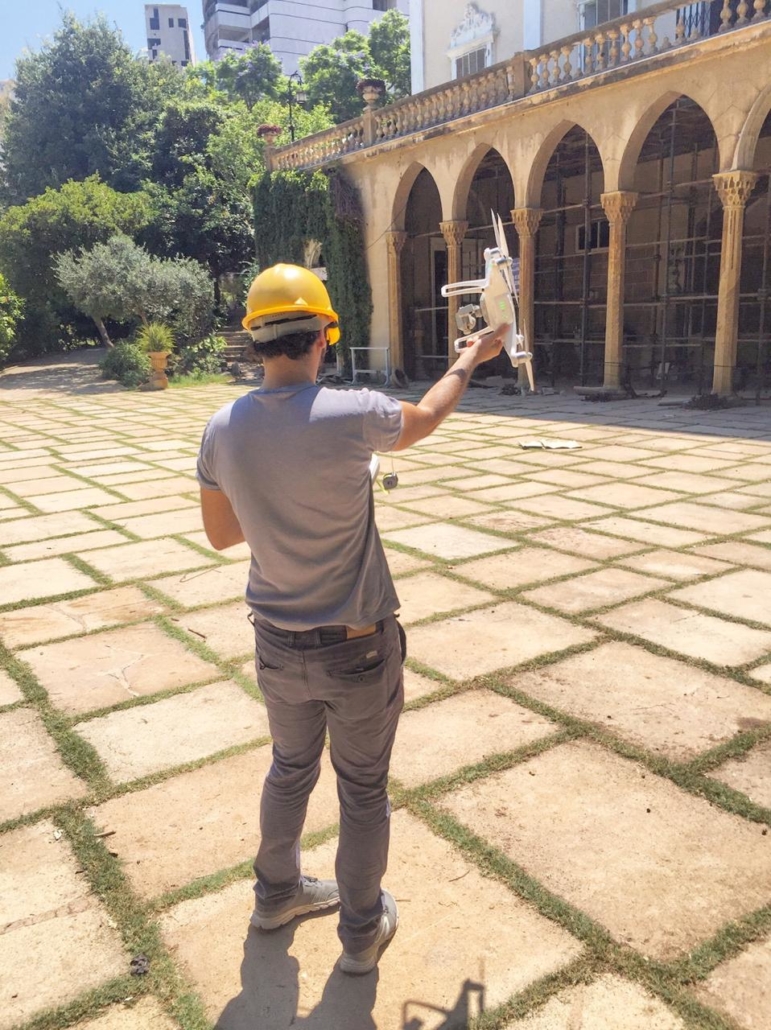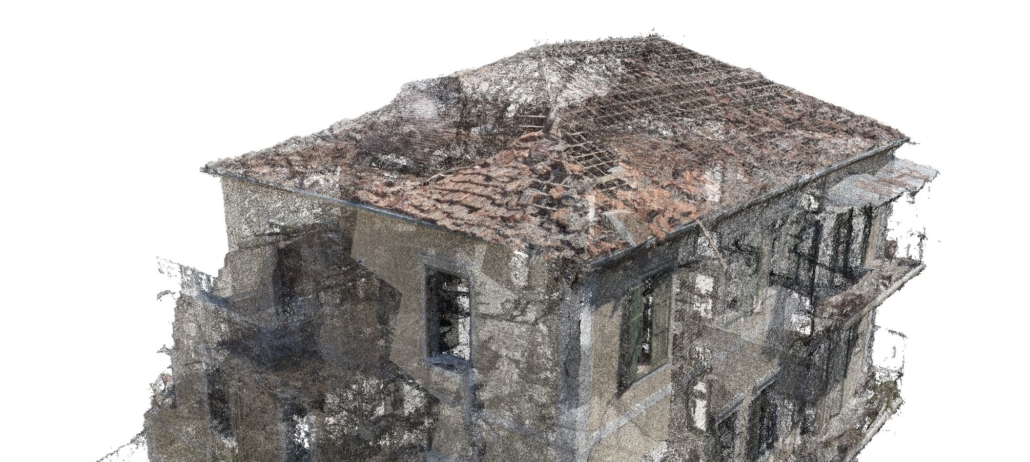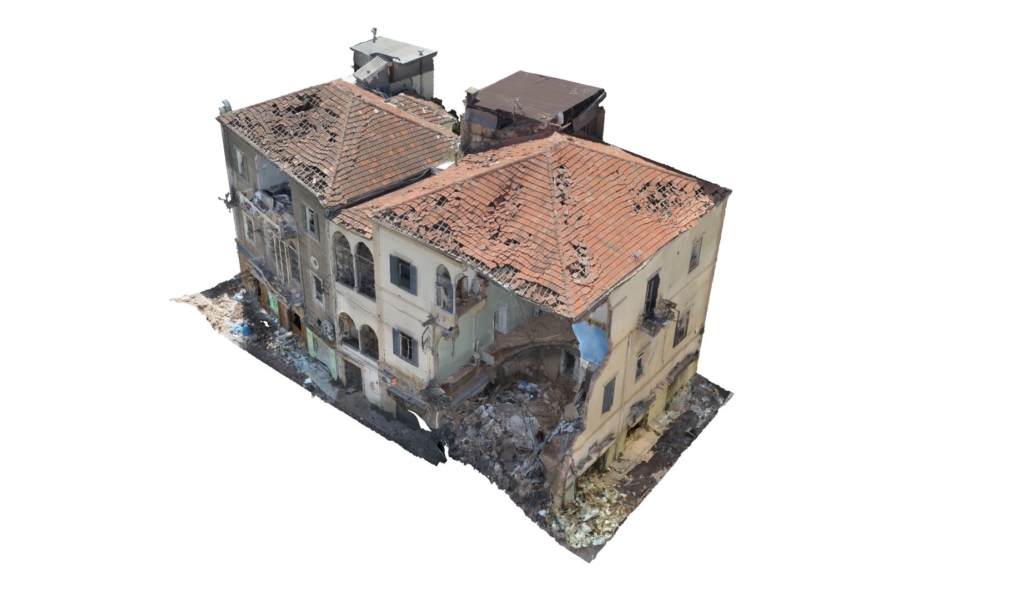Summary of the CIPA EP webinars
CIPA Emerging Professionals have organized, moderated and presented 7 online events, gathering an international audience from more than 75 countries, with a total attendance of over 1,000 people.
Accessing Heritage Places from Home Webinar Series (supported by CIPA, ICOMOS, the National Trust for Canada and NSERC CREATE Heritage Engineering)
- Part 1- ‘Digital Tools as Opportunities to Engage Audiences and Manage Sites’ on May 7, 2020; Speakers: Juan Perez Arcas (Worldsensing SL, Spain) ‘Application of low-power wide area networks (LPWAN) in cultural heritage monitoring’, Stephen Fai & Katie Graham (CIMS, Canada) ‘Big Stories’, Elizabeth Lee (CyArk, USA) ‘Together at Home with Heritage: Virtual access to cultural heritage and community through CyArk.org’, Chris Wiebe & Michelle Duong (National Trust for Canada, Canada) ‘Heritage Places Going Digital: Current Practices, Barriers, and Opportunities’, Antonia Teresa Spanò & Giulia Sammartano (Politecnico di Torino, Italy) ‘Hybrid multiscale 3D modelling for heritage sharing purposes’; Main moderators: Rebecca Napolitano and Efstathios Adamopoulos; Welcome address: Mario Santana Quintero, Chris Wiebe; Closing remarks: Grazia Tucci; Additional organizers: Joe Kallas, Michelle Duong; Attendance: 480 from 54 countries, 807 registered; Link to video recording: https://youtu.be/Kki1Wp_LERo
- Part 2- ‘Virtual Reality: Unlocking the Potential’; Speakers: Brett Leavy (Bilbie Labs, Australia) ‘VR as Storytelling Tool for First Nations’, Sofia Pescarin (CNR ITABC, Italy) ‘Videogames to Visit Immersively Archaeological Sites: A Night in the forum’, Damiano Aiello (Università di Catania, Italy) ‘Beyond Physical Barriers: Virtual Museums as a Means for Promoting and Enhancing Cultural Heritage’, Joshua Chartrand (CIMS, Canada) ‘A Truly Virtual Parliament: Translating HBIM to VR’, Rudi Knoops (KU Leuven & Alamire Foundation, Belgium) ‘The Alamire sound labs: immersive sound in real and virtual spaces’; Main moderator: Sara Gonizzi Barsanti; Welcome address: Chris Wiebe, Mario Santana Quintero; Closing remarks: Grazia Tucci; Additional organizers: Efstathios Adamopoulos, Joe Kallas, Michelle Duong, Rebecca Napolitano; Attendance: Attendance: 200 from 44 countries, 323 registered; Link to video recording: https://youtu.be/53eJdplq-U8
- Part 3- ‘Information Systems: Protecting the Past, Securing the Future’; Speakers: Ona Vileikis (University College London, UK) ‘Information Systems for Cultural Heritage Landscapes: Experiences in Central Asia’, Gamze Dane (Eindhoven University of Technology, Netherlands) & Martina Massari (University of Bologna, Italy) ‘The Role of Information Systems for Regeneration and Optimization of Cultural Heritage Districts: EU H2020 ROCK Project’, Bijan Rouhani (University of Oxford, UK) ‘Monitoring Endangered Archaeology in the Middle East and North Africa’, Joanna Cooper (CIMS, Canada) ‘0E3D – Digital Mapping of Eastern Ontario’; Main moderator: Ona Vileikis; Welcome address: Mina Silver; Closing remarks: Mario Santana Quintero; Additional organizers: Rebecca Napolitano, Efstathios Adamopoulos, Joe Kallas, Michelle Duong, Nour Jean Matta; Attendance: 89 from 29 countries, 166 registered; Link to video recording: https://youtu.be/wfc43p71tkA
- Part 4- ‘Ethics of Heritage Recording’; Panelists: Kacey Hadick (CyArk, USA), Julie Ivanoff (CIMS, Canada), Elena Macchioni (Getty Conservation Institute, USA), William P. Megarry (Queen’s University of Belfast, UK), Emily L. Spratt (Columbia University, USA), Youmna Tabet (UNESCO, France), Yves Ubelmann (ICONEM, France); Expert commentators: Mona Hess (University of Bamberg, Germany), Andreas Georgopoulos (National Technical University of Athens, Greece), Mechtild Rössler (UNESCO World Heritage Centre, France), Alex Ya-Ning Yen (China University of Technology, Republic of China); Main moderators: Mario Santana Quintero & Michelle Duong (Carleton University); Opening remarks: Stratos Stylianidis (Aristotle University of Thessaloniki), Chris Wiebe (National Trust for Canada), Mario Santana Quintero; Closing remarks: Laurie Smith (NSERC CREATE Heritage Engineering); Moderators: Rebecca Napolitano, Efstathios Adamopoulos and Joe Kallas; Attendance: 158 from 39 countries, 314 registered; Link to video recording: https://youtu.be/ZgbsGkGXQS8
Low-Cost Techniques for Heritage Recording and Visualization
- Speakers: Christian Ouimet (Heritage Conservation Services, Canada), Efstathios Adamopoulos (Università di Torino, Italy), Arnadi Murtiyoso (National Institute of Applied Science, France), Daniel Girardeau-Montaut (Johnson & Johnson, France), Nefeli Tentoma (National Technical University, Greece-formerly); Main organizer: Efstathios Adamopoulos; Welcome address: Mario Santana Quintero; Closing remarks: Grazia Tucci; Moderators: Rebecca Napolitano, Michelle Duong and Joe Kallas; More than 200 in attendance and more than 600 Youtube video views; Link to video recording: https://youtu.be/P_sSX0KDYek
Present your PhD Thesis Short Webinar Series
- Part 1- Arnadi Murtiyoso (INSA Strasbourg, France) presenting ‘Geospatial Recording and Point Cloud Classification of Heritage Buildings’ (26th May 2020); Moderator: Joe Kallas; Link to video recording: https://youtu.be/cVkDgEJxY0Y
- Part 2- Lia Ferrari (Università di Parma, Italy) presenting ‘Securing Damages Churches and Bell Towers: Analysis of costs and techniques of strengthening interventions after the 2012 Emilian earthquake for defining guidelines’ (2nd June 2020); Moderator: Joe Kallas; Link to video recording: https://youtu.be/Y-l6IGwAQlc

